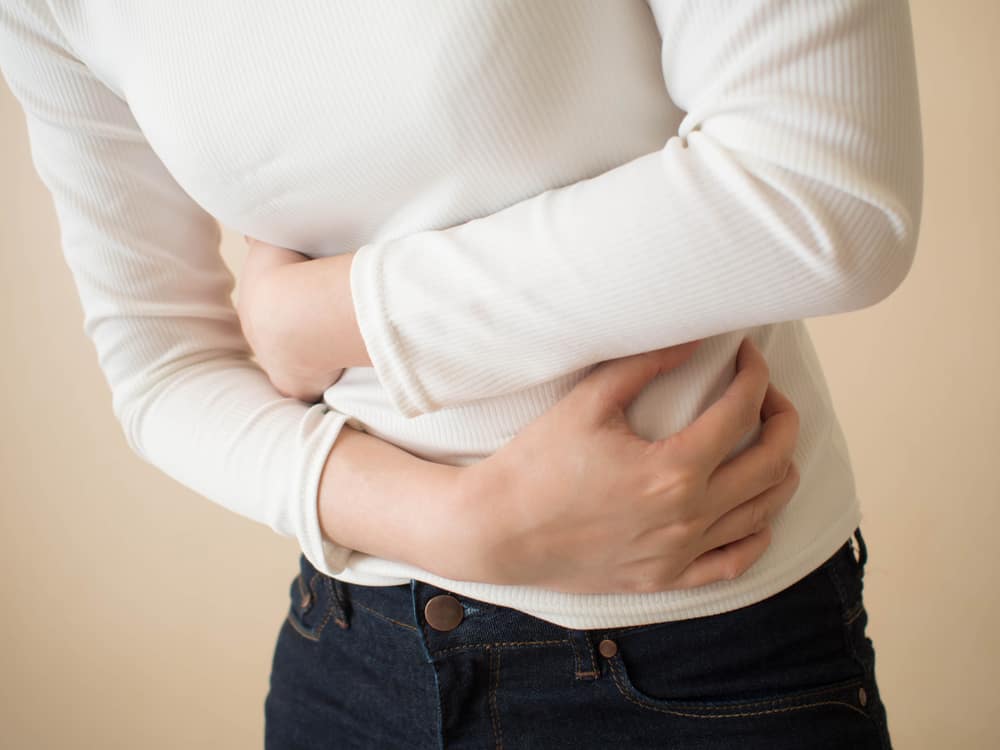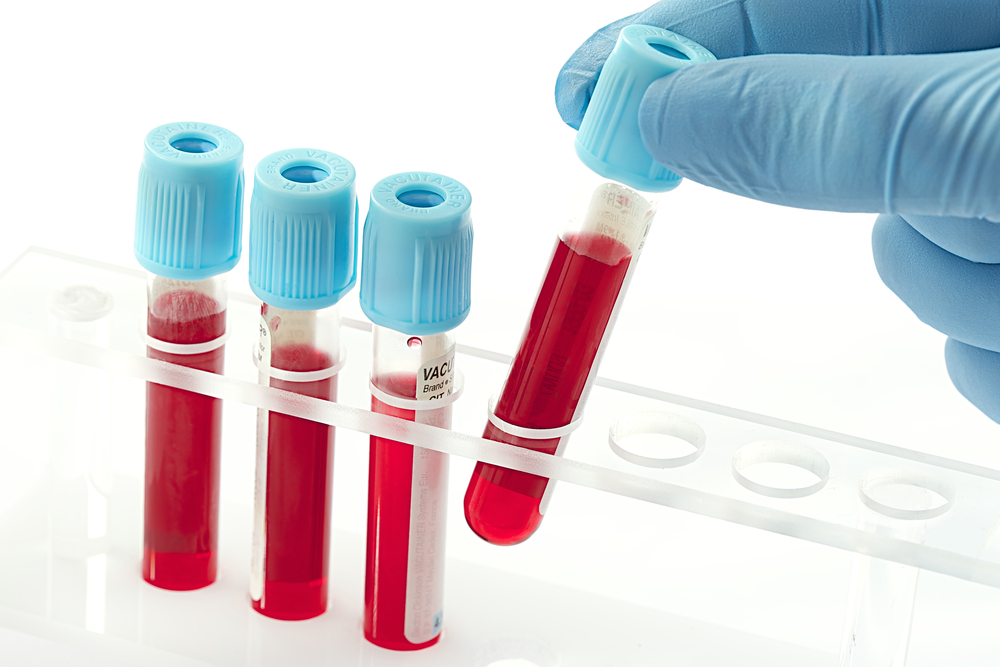Contents:
- Medical Video: HSG test for female infertility
- What is an HSG test?
- What are the conditions for undergoing an HSG test?
- What is the HSG test procedure?
- When is the best time to undergo an HSG test?
- What are the risks that can occur after the HSG test?
Medical Video: HSG test for female infertility
HSG tests or hysterosalpingography are usually recommended by a doctor for a woman who does not get pregnant or complains of problems in her uterus. What is the procedure for carrying out this examination? Find out about the verses surrounding HSG testing in this article.
What is an HSG test?
HSG test is X-ray examination using contrast fluid that is inserted into the uterine cavity or fallopian tube (oviduct) to see the entire contents of the female reproductive organs.
The purpose of this examination is to determine the condition of the oviduct, whether there is a blockage that can cause infertility or not. In addition, this examination also functions to determine the shape, size, and structure of the uterine cavity so that it can detect some abnormalities. For example, benign tumors that grow toward the uterine cavity, uterine polyps, adhesions of the uterine wall, uterine fibroids, or congenital uterine cavity abnormalities such as the septum in the uterus. This examination can also find out the cause of recurrent miscarriages.
What are the conditions for undergoing an HSG test?
This examination should not be done if you have an active inflammatory condition. That is why, before carrying out this examination you should tell the doctor if you have a chronic infection in the reproductive tract or in the pelvic area, if you have venereal disease, and if you have recently undergone uterine or oviduct surgery.
In addition, a day before the procedure is done, the doctor will usually give laxatives or enemas for consumption. The goal is to cleanse the large intestine, so that the uterus and surrounding structures can be clearly seen when examined.
No less important, before this examination you must ensure that your body condition is healthy and in good shape. Don't forget, to shave pubic hair to make it easier for doctors when carrying out examinations and actions.
What is the HSG test procedure?
This examination is done in a hospital radiology department like when you do an x-ray. After changing your clothes with a check shirt and removing the jewelry, you are asked to lie down with both feet raised and supported on the footrest. This is to make it easier for doctors to see your genital area.
After that, the doctor will insert a smooth and curved speculum into the vagina so that the cervix is visible. Then the doctor will clean the cervix with special soap and hard pipes (cannula). Then the catheter is slowly inserted into the uterine cavity through the cervix. Contrast fluid is injected into the uterus through a catheter and the speculum is removed.
Some x-rays will be taken when the liquid fills the uterus, enters the oviduct to spill into the abdominal cavity (if there is no blockage). Usually, this procedure lasts for 30 minutes. When finished, the catheter is removed and you are asked to keep lying down for a few minutes, then welcome to get up and change clothes.
When a catheter is inserted and the liquid is injected, you may feel a little uncomfortable, you can even experience abdominal cramps such as when menstruating if there is blockage in the oviduct. However, the pain should ideally not last long. Because some doctors give painkillers (anti-pain) when the examination is done. Maybe you are also given antibiotics to reduce the risk of infection due to this examination.
When is the best time to undergo an HSG test?
This examination should be done 2 to 5 days after your menstrual period has ended (but is done before ovulation or the fertile period). This is done to make sure you are not pregnant when the examination is done.
In addition, you also may not carry out HSG checks during menstruation. Because, during menstruation blood vessels are in an open state so it is feared to cause blockages in blood vessels.
What are the risks that can occur after the HSG test?
This examination is basically quite safe and rarely causes complications. Before the examination, you will undergo skin test first to find out whether you have an allergy to the contrast fluid used or not.
X-rays are used also in controlled doses to minimize the radiation exposure you receive. You do not need to worry if spots appear for several days after HSG examination. That is normal. Also, it is also possible to experience minor bleeding from the vagina and feel pelvic cramps for a few days after the procedure.
Although it is generally safe, HSG examination still has a number of significant possible complications, namely the occurrence of infection in the fallopian tube or infection of the endometrium (uterine wall).












